Enhanced Patient Support Programs
Enhanced patient support programs are becoming a vital component of the arachnoiditis market. These programs aim to provide comprehensive care and resources for individuals diagnosed with arachnoiditis, including educational materials, counseling, and access to healthcare professionals. In South Korea, the establishment of support networks and advocacy groups is likely to empower patients, improving their quality of life. As awareness of these programs increases, more patients may seek assistance, leading to a higher demand for treatment options. This trend indicates a shift towards a more patient-centered approach in managing arachnoiditis, which could positively influence market growth.
Increasing Incidence of Arachnoiditis
The rising incidence of arachnoiditis in South Korea is a critical driver for the arachnoiditis market. Recent studies indicate that the prevalence of this condition is increasing, potentially due to factors such as the aging population and the growing number of spinal surgeries. As more individuals are diagnosed, the demand for effective treatment options and management strategies is likely to rise. This trend suggests that healthcare providers will need to allocate more resources to address the needs of patients suffering from arachnoiditis, thereby expanding the market. Furthermore, the increasing awareness among healthcare professionals about the condition may lead to earlier diagnosis and intervention, further driving the market's growth.
Growing Investment in Research and Development
The growing investment in research and development (R&D) within the arachnoiditis market is a notable driver. Pharmaceutical companies and research institutions in South Korea are increasingly focusing on developing novel therapies and treatment modalities for arachnoiditis. This trend is supported by government initiatives aimed at fostering innovation in the healthcare sector. As R&D efforts intensify, new treatment options may emerge, potentially improving patient outcomes and expanding the market. Furthermore, collaborations between academia and industry could lead to breakthroughs in understanding the pathophysiology of arachnoiditis, thereby enhancing the overall treatment landscape.
Technological Advancements in Diagnostic Tools
Technological advancements in diagnostic tools are significantly impacting the arachnoiditis market. Innovations such as advanced imaging techniques, including MRI and CT scans, have improved the accuracy of diagnosing arachnoiditis. These developments enable healthcare providers in South Korea to identify the condition more effectively, leading to timely treatment interventions. As diagnostic capabilities enhance, the market is likely to experience growth due to increased patient referrals and a higher rate of diagnosis. Moreover, the integration of artificial intelligence in imaging analysis may further streamline the diagnostic process, potentially increasing the number of patients receiving appropriate care and management for arachnoiditis.
Regulatory Changes Favoring Innovative Therapies
Regulatory changes favoring innovative therapies are shaping the arachnoiditis market. In South Korea, regulatory bodies are increasingly streamlining the approval process for new treatments, which may encourage pharmaceutical companies to invest in developing novel therapies for arachnoiditis. This shift could lead to a more diverse range of treatment options available to patients, potentially improving outcomes. Additionally, the emphasis on expedited review pathways for breakthrough therapies may result in faster access to effective treatments for patients suffering from arachnoiditis. As the regulatory landscape evolves, it is likely to stimulate market growth and foster innovation in the field.


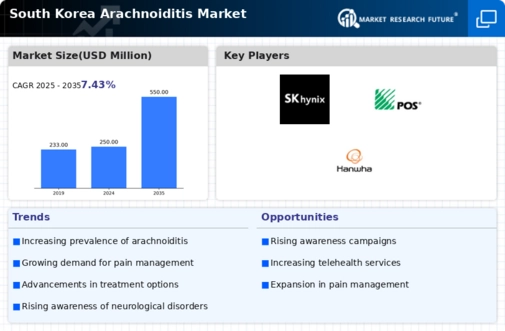
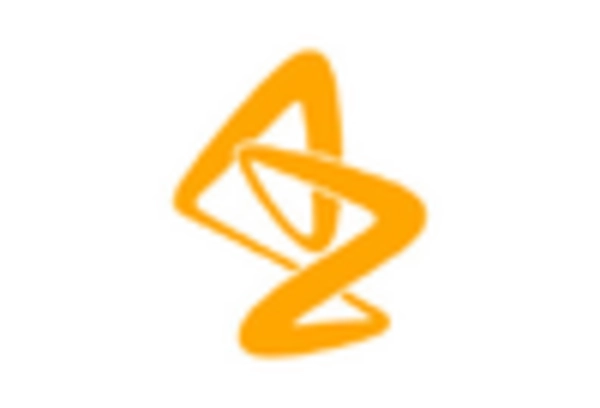

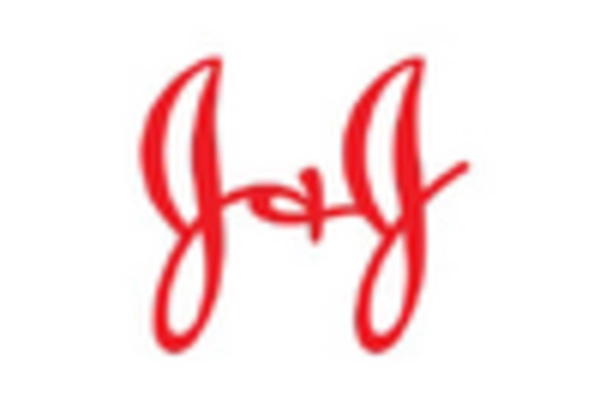
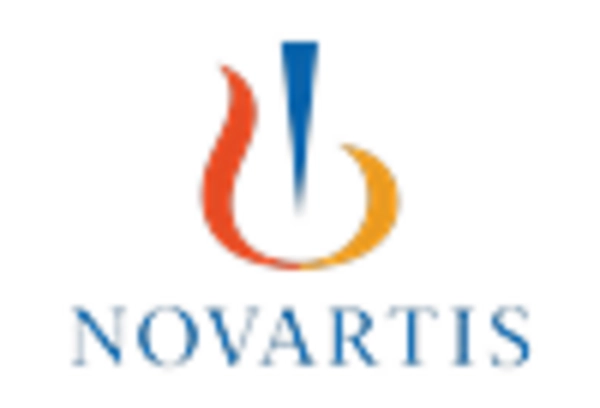
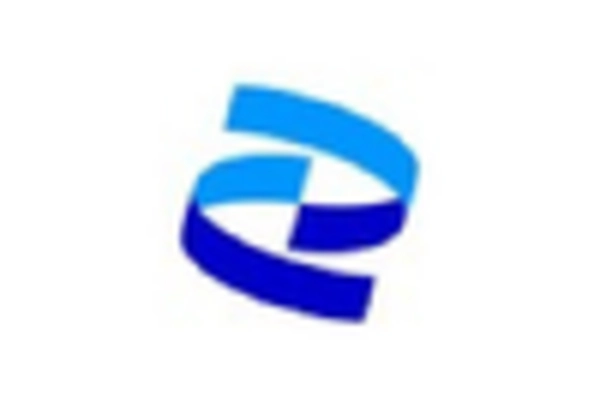









Leave a Comment